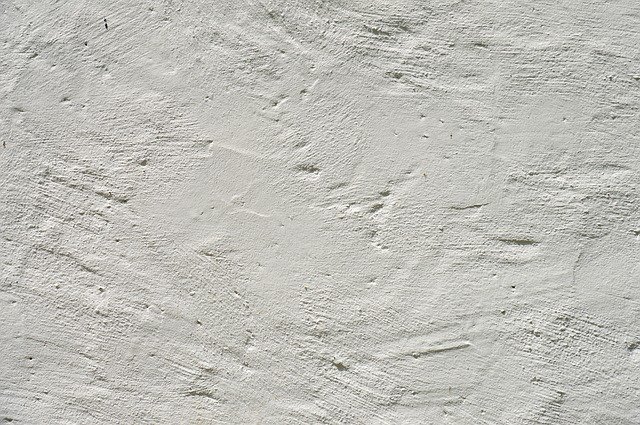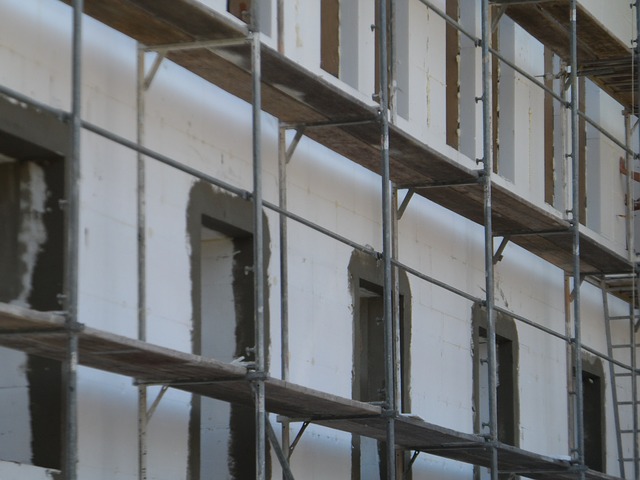Breathing masonry
A very widespread myth about the impermeability of insulated masonry is spreading like an epidemic in society. However, it is necessary to be clear about the basic concepts of masonry: brick, block, and concrete. These alone, including lime plaster and plasterboard, allow only 5% of the air mass to pass through. Thus, in reality, in an uninsulated house, air exchange is practically not by masonry, but only by ventilation through open doors and windows, or by air conditioners, hoods, and heat recovery units.
Therefore, it is essential to ensure adequate ventilation during the day, especially when sleeping in bedrooms, by opening windows to exchange air mass for fresh air. Polystyrene insulation has a really negligible effect on these facts.
Mold
Precipitated water and mold formation have also been cited as reasons to abandon this material. In reality, however, the opposite is often true. Since the so-called condensation zone of exterior insulation moves outward, the temperature inside the building at the wall surface is higher and does not approach the dew point, so water vapor does not precipitate. Mold can only form in interior insulation where the condensation zone is already inside the house, and in windows and doors that are senselessly sealed with silicone pads and have minimal ventilation.
Durability of the material
In the early 1990s, when polystyrene began to be used for facades, there were public rumors that the boards under the facade were slowly disintegrating, crumbling and damaging the plaster. Such phenomena were sometimes associated with improper work procedures. The material degrades only at temperatures above 80 degrees Celsius and in contact with organic solvents. However, most construction companies have followed the correct procedures and this problem has largely been eliminated. Long-term durability has also been confirmed, with no degradation or complete decomposition of the polystyrene even after several decades. Therefore, these facades are likely to last longer.